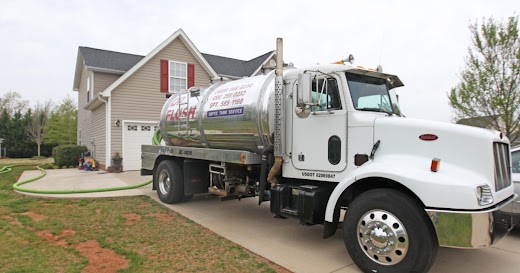Fixing Septic Tank Issues: Ensuring Smooth Operation and Environmental Well-being in 2023
Navigating Septic Tank Woes: Practical Solutions for Fixing Common Issues

Introduction : Septic tanks play a crucial role in managing household wastewater efficiently, but they can encounter various issues over time. Recognizing and addressing these septic problems promptly is essential to maintain a functional and environmentally friendly septic system. In this article, we will explore common septic tank issues and provide practical solutions to fix them, ensuring the smooth operation of your septic system and safeguarding the health of your home and surroundings.
- Identifying Common Septic Tank Issues :
Understanding the signs of septic tank issues is vital for prompt intervention. Problems like clogged drain pipes, foul odors, slow drains, gurgling sounds, or sewage backups can indicate underlying issues with your septic system. These problems may arise due to factors such as excessive water usage, improper maintenance, the accumulation of solids, or a failing drain field. By paying attention to these warning signs, homeowners can take the necessary steps to fix their septic tank before more significant issues develop.
FIXES All Your Septic Tank Issues
- Addressing Drainage and Blockage Problems:
Clogs and blockages within the septic system can disrupt its proper functioning. One effective solution is to use enzyme-based septic tank additives that promote the breakdown of organic matter, helping to prevent blockages. Regular pumping of the septic tank is also crucial to remove accumulated solids and prevent obstructions in the drain field. Additionally, implementing water conservation measures, such as repairing leaky faucets, using high-efficiency fixtures, and spreading out laundry loads, can alleviate strain on the septic system and reduce the likelihood of blockages.

- Repairing Drain Field Failures :
A failing drain field can cause wastewater to back up into your home or create soggy areas in your yard. To address this issue, it is crucial to identify the root cause of the failure. Sometimes, drain field problems can be resolved through professional soil analysis and appropriate adjustments, such as diverting excessive water away from the drain field or replacing damaged distribution pipes. In more severe cases, a new drain field installation might be necessary. Consulting a licensed septic professional is essential to assess the condition of the drain field accurately and determine the most appropriate course of action.
- Preventive Maintenance for Long-Term Solutions :
Regular maintenance is key to preventing septic tank issues. This includes scheduling routine inspections by professionals who can assess the overall condition of the septic system, identify any potential problems, and provide timely maintenance or repairs. Proper waste management practices, such as avoiding the disposal of non-biodegradable materials or chemicals down drains and toilets, can also contribute to the long-term health and functionality of the septic tank. Educating household members about responsible water usage and the importance of septic system care can help prevent future issues and extend the lifespan of the system.
Conclusion : Fixing septic tank issues promptly is crucial to maintaining a properly functioning septic system and preserving environmental well-being. By identifying common issues, addressing drainage problems, repairing drain field failures, and implementing preventive maintenance practices, homeowners can ensure the longevity and efficiency of their septic tanks, contributing to a clean and healthy living environment.